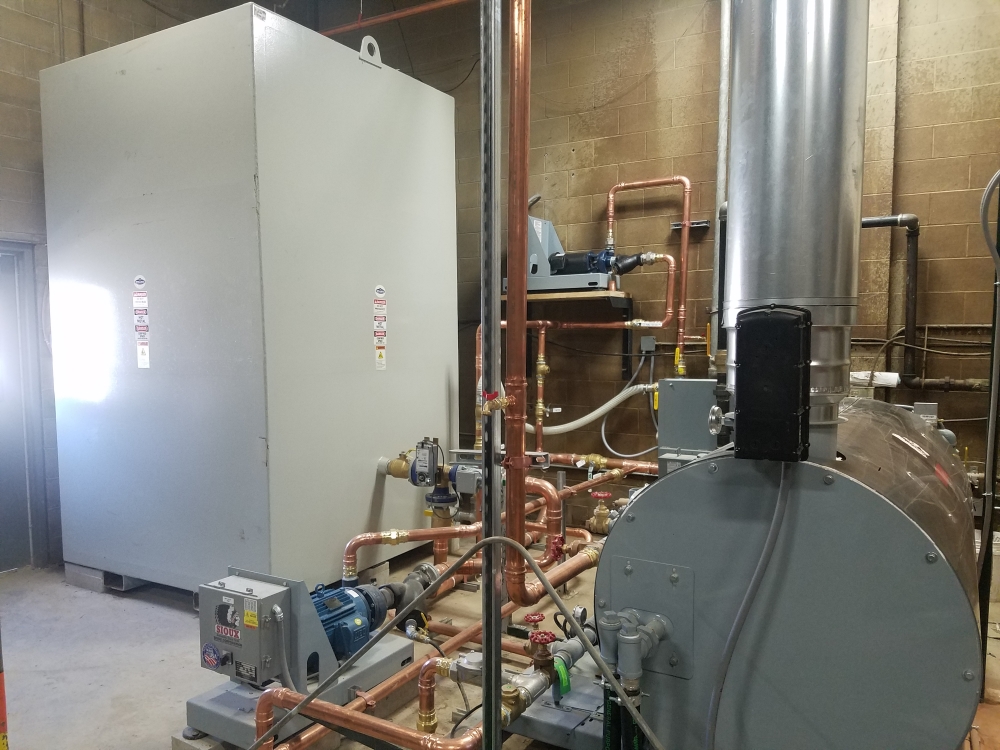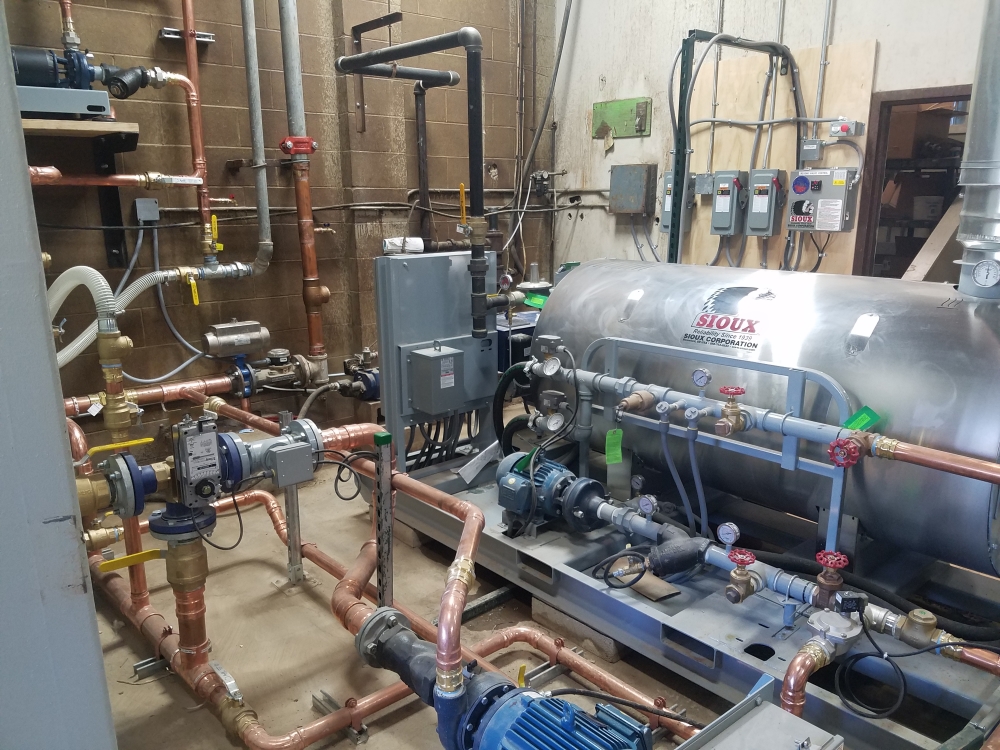Concrete Plant Water Heaters

It is the time of year to start thinking about your concrete plants hot water needs during the upcoming winter. Manufacturers of water heaters keep busy year around with various industrial applications for their equipment, but generally lead times go from 4-6 weeks delivery out to 8-10 weeks and sometimes even longer as we go into the cooler fall months. That means now is the time to order your water heater for the heart of the winter.
Now that you are considering hot water for your concrete batch plant, you need to determine the type of system that best suits your needs. There are three common systems: boiler, direct and indirect. The boiler was very common at concrete plants many years ago, but today there are many more efficient methods of heating water without the regulations and restrictions associated with owning a boiler system. Our firm sells both direct and direct heating models. Both models have positive and negatives and operate in different ways. Direct heat systems are much more efficient than indirect systems, but you have more flexibility in fuel sources with indirect systems.
For the average concrete plant owner, general manager or facility manager, you will need to answer a couple important questions in order to properly select your water heating system. What is your fuel source? Do I need portable or stationary? What type of space do I have available? How important is efficiency?

Fuel source may be the most important answer. Natural gas, propane, waste oil, diesel, electric, wood? Most common is natural gas, propane and waste oil, but we have seen all kinds of fuel sources used in various heating sources. If you have access to clean fuel such as natural gas or propane you may want to consider the direct fire systems. If you want to burn waste oil or other fuels you will be limited to the indirect systems.
Portable water heaters for concrete plants are commonly the indirect system types. This is partially because of the flexibility in fuel source types, but also due to the horizontal configuration of most indirect water systems. Normally these systems require a larger water holding tank, but the equipment is commonly mounted on a skid or trailer so it is easily moved into place and setup. Direct fire units can be configured in many ways, but are commonly use a vertical configuration and these units can become very tall making them less desirable to transport for mobile operations.
Or course, the desired energy efficiency is also very important. Today, direct fire units are much more comparable with indirect units, but the direct fire still are usually a bit more expensive than indirect fire. They difference in cost can be made up quickly when considering the efficiency of the direct fire is usually over 97%.


